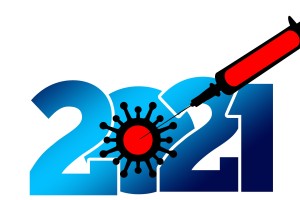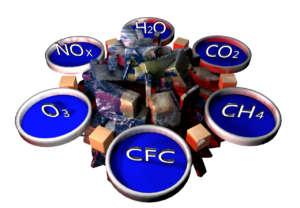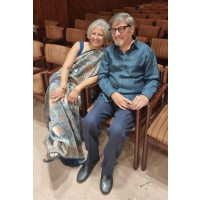
No deaths had been found to have been caused by COVID-19 vaccines – WHO
Geneva: The World Health Organization (WHO) today listed the COVID-19 vaccine Ad26.COV2.S, developed by Janssen (Johnson & Johnson), for emergency use in all countries and for COVAX roll-out. The decision comes on the back of the European Medicines Agency (EMA) authorization, which was announced yesterday.
WHO has also listed the Pfizer/BioNTech, Astrazeneca-SK Bio and Serum Institute of India vaccines for emergency use.
Regarding concerns of Astrazeneca vaccines causing blood clot, WHO confirmed that some countries have suspended the use of AstraZeneca vaccines, based on reports of blood clots in some people who received doses of the vaccine from two batches. However, it pointed out that this measure was taken as a precaution while a full investigation is finalised.
“It is important to note that the European Medicines Agency has said there is no indication of a link between the vaccine and blood clots, and that the vaccine can continue to be used while its investigation is ongoing,” WHO Director-General, Dr Tedros Adhanom Ghebreyesus, told media persons today.
“WHO’s Global Advisory Committee on Vaccine Safety systematically reviews safety signals, and is carefully assessing the current reports on the AstraZeneca vaccine. As soon as WHO has gained a full understanding of these events, the findings and any changes to our current recommendations will be communicated immediately to the public,” he added, recalling that more than 335 million doses of COVID-19 vaccines had been administered globally so far, and no deaths had been found to have been caused by COVID-19 vaccines.
“But at least 2.6 million people have been killed by the virus. And more will continue to die the longer it takes to distribute vaccines as rapidly and as equitably as possible,” he said.
The WHO stated that the emergence of new viral variants, the limited supply of vaccines, the lag in uptake of new diagnostics and oxygen, and the lack of funding to support the distribution of these life-saving tools were a major challenge for the global control of the pandemic.
Meanwhile, the vaccine from Janssen is the first to be listed by WHO as a single dose regimen, which should facilitate vaccination logistics in all countries. The ample data from large clinical trials shared by the company also shows that the vaccine is effective in older populations.
While the vaccine needs to be stored at -20 degrees, which may prove challenging in some environments, it can be kept for three months at 2-8°C and it has a long shelf life of two years.
WHO will convene its Strategic Advisory Group on Immunization Experts next week to formulate recommendations on use of the vaccine. In the meantime, WHO continues to work with countries and COVAX partners to prepare for roll-out and safety monitoring. The COVAX Facility has booked 500 million doses of the vaccine.
The emergency use listing (EUL) procedure assesses the suitability of novel health products during public health emergencies. The objective is to make medicines, vaccines and diagnostics available as rapidly as possible to address the emergency, while adhering to stringent criteria of safety, efficacy and quality.
The EUL pathway involves a rigorous assessment of late phase II and phase III clinical trial data as well as substantial additional data on safety, efficacy, quality and a risk management plan. These data are reviewed by independent experts and WHO teams who consider the current body of evidence on the vaccine under consideration, the plans for monitoring its use, and plans for further studies. The assessment weighs the threat posed by the emergency as well as the benefit that would accrue from the use of the product against any potential risks.
As part of the EUL process, the company producing the vaccine must commit to continue to generate data to enable full licensure and WHO prequalification of the vaccine. The WHO prequalification process will assess additional clinical data generated from vaccine trials and deployment on a rolling basis to ensure the vaccine meets the necessary standards of quality, safety and efficacy for broader availability.
“Every new, safe and effective tool against COVID-19 is another step closer to controlling the pandemic,” said WHO Director-General, Dr. Ghebreyesus. “But the hope offered by these tools will not materialize unless they are made available to all people in all countries. I urge governments and companies to live up to their commitments and to use all solutions at their disposal to ramp up production so that these tools become truly global public goods, available and affordable to all, and a shared solution to the global crisis.”
To expedite listing of the vaccine, WHO and a team of assessors from all regions adopted what is called an ‘abbreviated assessment’ based on outcomes of the EMA review, and evaluation of quality, safety and efficacy data focused on low- and middle-income country needs. The WHO assessment also considered suitability requirements such as cold chain storage and risk management plans to be implemented in countries.
– global bihari bureau





